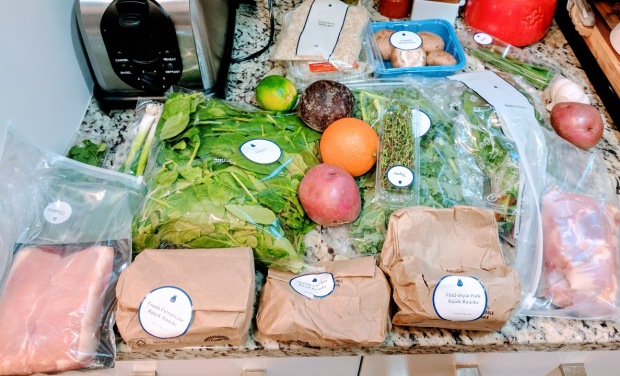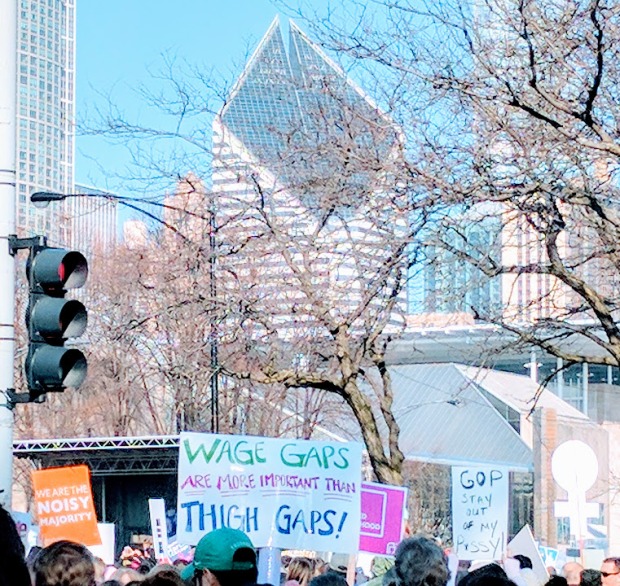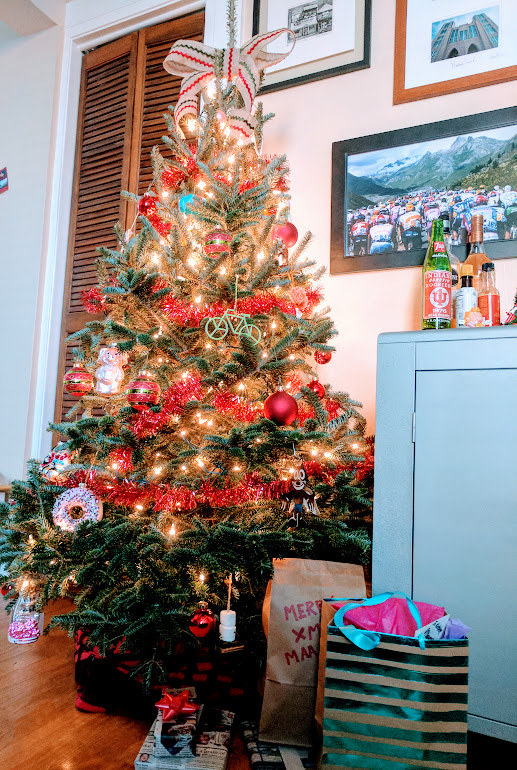Due to certain political circumstances, I will be re-posting links to EPA blogs I wrote while I was working there.
Here is the third one. Originally posted April 10, 2014.*
*I apologize if some links are no longer active. This is a few year old.
Invaders in the Great Lakes
By Marguerite Huber
I grew up in Chicago, where Lake Michigan, or simply “the lake” as we locals refer to it, is a part of everyday life. I swam in it. I ran next to it. I drank the water from it. I even paddle boarded on it.
As fond as I am of Lake Michigan, it and all the other Great Lakes are facing a big challenge. They have been invaded by more than 190 species of aquatic plants and animals not native to the area, and at least 22 fishes and 16 aquatic invertebrates pose a high risk of invading the Great Lakes in the near future.
These invasive species can be introduced deliberately or accidentally through ballast water discharge from commercial vessels, recreational boating and fishing, and pet aquarium releases. These species cause significant ecological and economic impacts in the Great Lakes. For instance, the cost to the Great Lakes region from invasive species is over $200 million dollars annually!
EPA researchers have been studying how to monitor and detect aquatic invasive species through two different studies in the Duluth-Superior Harbor area, the largest Great Lakes commercial port and one under intense invasive species pressure. A Great Lakes-wide early detection program is required by 2015 under the Great Lakes Water Quality Agreement.
The goal of the research was to evaluate sampling designs that would help develop an efficient early detection monitoring program for invasive species. To do so, researchers conducted intensive sampling to create a data set that could be used to explore different monitoring strategies.
One study concluded that species detection can be enhanced based on sampling equipment and habitat, making it an important step towards improving early detection monitoring. They found the most efficient strategy was to sample the mix of habitats or gear that produce the most species, but to also sample across all habitats.
In this study, researchers found high occurrences of certain invasive species such as zebra mussel and Eurasian ruffe.
In another study, researchers focused on determining the effort required for early detection of non-native zooplankton, benthic invertebrates, and fish in the Harbor. To do so, the research team tallied and identified roughly 40,000 zooplankton, 52,000 benthic invertebrates, and 70,000 fish during sampling.
In the early detection study, the researchers detected 10 non-native fish species and 21 non-native aquatic invertebrate, some of which were new detections for the Great Lakes. The central finding was that detecting 100% of species is unrealistic given resource limitations, but monitoring at a level that can detect greater than 95% of the species pool is possible. At this level of effort, there is better than a 50% chance of finding a very rare species, such as one that was recently introduced.
Overall, EPA’s invasive species research is yielding a substantial advance in the ability to design monitoring and early warning systems for aquatic invasive species. Together with prevention methods, that should go a long way in maintaining the biological integrity and sustainability of the Great Lakes. That would be welcome news for anyone who relies on “the lake” for their livelihood, their drinking water, or for a place to paddleboard.
Read the post in its original format here.
Read the other posts:








































